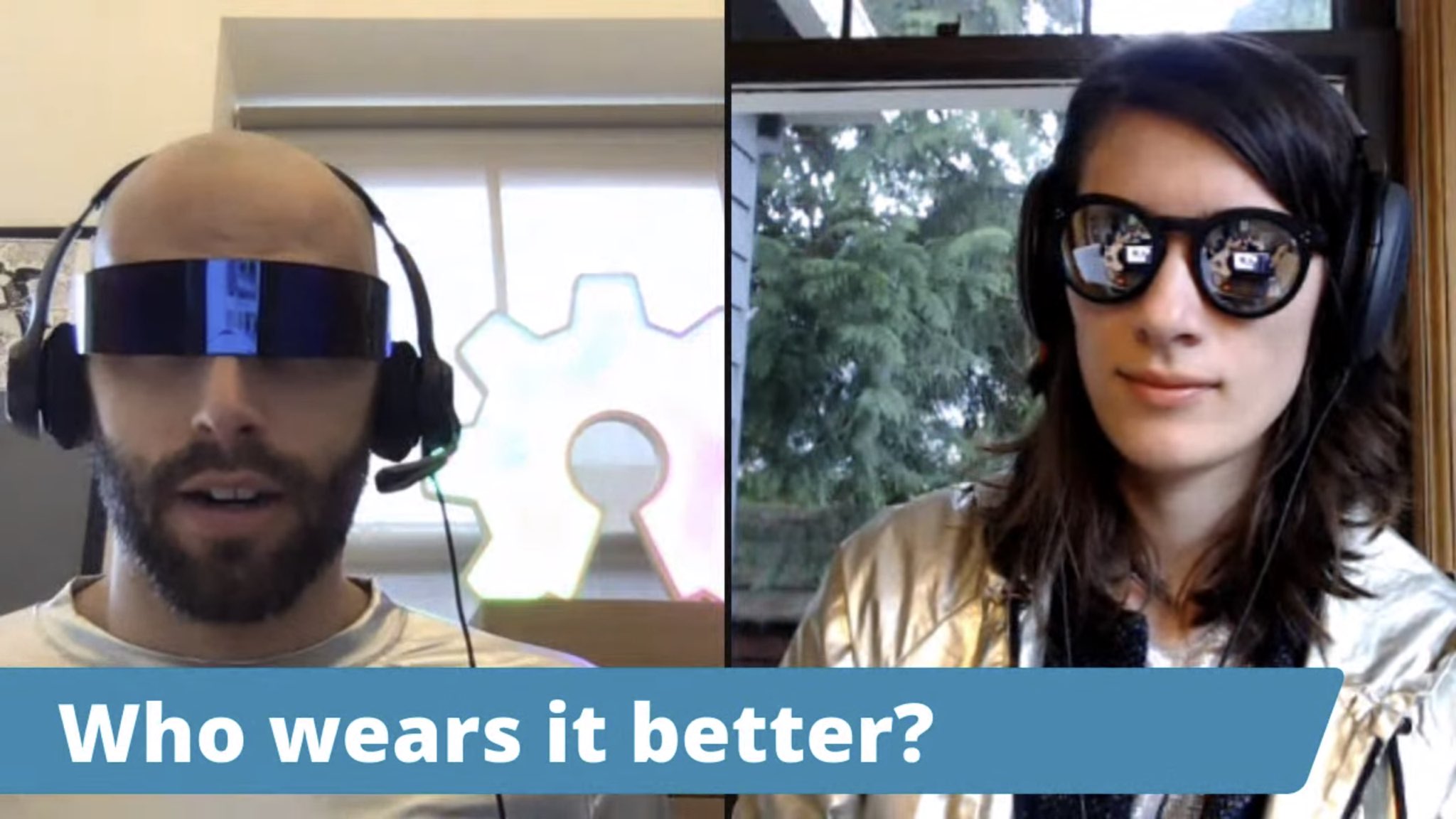
The Smithsonian Goes Open Access
It doesn’t get a lot bigger than this. On February 25th the Smithsonian went in big on open access. With the push of a button, 2.8 million 2D images and 3D files (3D files!) became available without copyright restriction under a CC0 public domain dedication. Perhaps just as importantly, those images came with 173 years of metadata created by the Smithsonian staff. How big a deal is this? The site saw 4 million image requests within the first six hours of going live. People want access to their cultural heritage.
Read More...How Explaining Copyright Broke the YouTube Copyright System
Easy Public Domain Picture Frame with the Cleveland Museum of Art Open Access API
In celebration of Public Domain Day 2020 I decided to try to turn the old monitor in my office into a picture frame to display a rotating collection of public domain works. The Cleveland Museum of Art (CMA) launched a robust Open Access program in 2019, so I decided to use their API to power it. This blog post explains all of the steps in creating the project so you can make one too.
Read More...Silicon Valley’s Favorite Idea for Encouraging Competition - Data portability sounds promising—but it might not be the regulatory golden goose the private and public sectors hope it is
This post originally appeared in Slate and was co-authored with Gabriel Nicholas
Read More...



